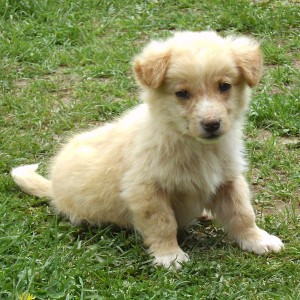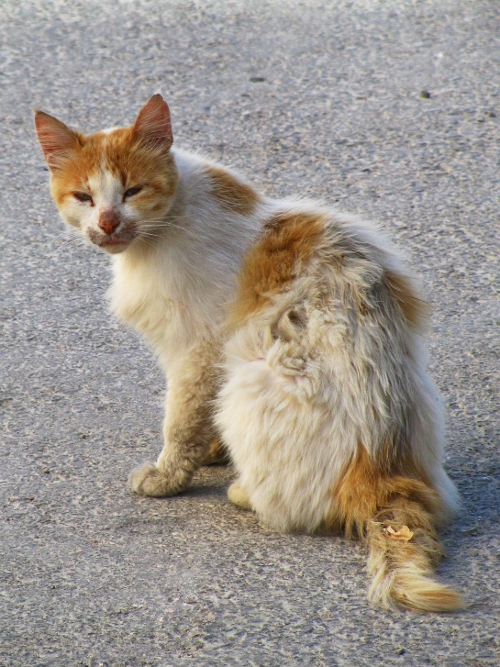
The basic principle behind this trope is that when you want your readers to feel some kind of sympathy toward a character, have them pet a puppy / puppy equivalent. Often used to show who the good guy is, but can also be used to add depth to a villain.
I first learned about this trope in Brandon Sanderson’s English 318 class, where he taught it as a way to build immediate sympathy when introducing a major character. A good example from his own work is Mistborn, where Kelsier’s first scene shows him giving the manor lord’s food to the skaa. From that moment on, there’s never really any doubt that Kelsier is the good guy.
Although often used to introduce a good guy, this trope can also be used quite effectively in the middle of the story, especially in a gray and black world where it seems that everyone’s a bad guy. A good example of this is Shadow from American Gods, who flips a coin with a hitchhiker to see who pays for dinner. Even though he’s a thief and an ex-convict, he rigs the coin toss so that he can pay for her. Through little gestures like this, Gaiman maintains rooting interest in his protagonist, even though everyone else in the novel is basically a jerk.
Another good example from a darker work is Angelo Osic from On My Way to Paradise. On the very first page, a fugitive shows up at his pharmacy booth, asking him to grow her a new hand. Even though he knows it’s dangerous, he takes her in and does what he can to help her. Later on, this same character rips out a man’s testicles and guts him like a fish. As repulsive as that is, however, I still keep rooting for him because I know that at his heart, he’s a good person.
Of course, when used most effectively, the pet-a-puppy moment has to grow naturally out of a person’s character. Even though Shadow is an ex-con, he served his time and feels genuinely sorry for what he did. Angelo Osic is a doctor, so it’s natural for him to try to help others; whenever he commits an act of violence, a part of his humanity dies, which becomes a major driving conflict throughout the book.

Finally, though this trope is often used to create rooting interest in a protagonist, it can also be used to add depth to a villain. A prime example for this is Captain Nemo from 20,000 Leagues Under the Sea. The first moment happens when he rescues the main characters after their ship sinks, but it happens many more times too, such as when Arronax finds him weeping over a picture of his family. At the end of the book, even though we know that Nemo is the bad guy, we can’t help but feel a little sorry for him after he’s gone.
Puppy image courtesy Wikimedia. Cat image taken by me.
I didn’t think Laura was a jerk.
Well, she did cheat on him while he was in prison. If I were him, I probably would have left her for that.
Best. Cat Picture. Ever. If they pet a cat like that, they must be like Jesus or something.
Hehe, no kidding. That was one of the local neighborhood cats in Jordan; if you throw something heavy in a dumpster, five or six of them jump out.